Honda Accord ABS Light On: Common Causes and How to Reset
The ABS or Anti Lock Braking System is an important part of the car. It helps to prevent accidents and has a great impact on the braking system. You might sometimes notice the ABS light on while driving. So, why is the Honda Accord ABS Light On?
The Honda Accord ABS Light turns on if there is any issue with the Antilock Braking System. A damaged wheel sensor, low tire pressure, inadequate brake fluid, bad ABS pump, and blown ABS fuse cause hindrance in the ABS. Then the ABS light turns on to indicate the issue in the ABS.
This is just the gist of the problem. You will need more information for turning off the ABS light. So keep reading!
Factors Causing Honda Accord ABS Light On
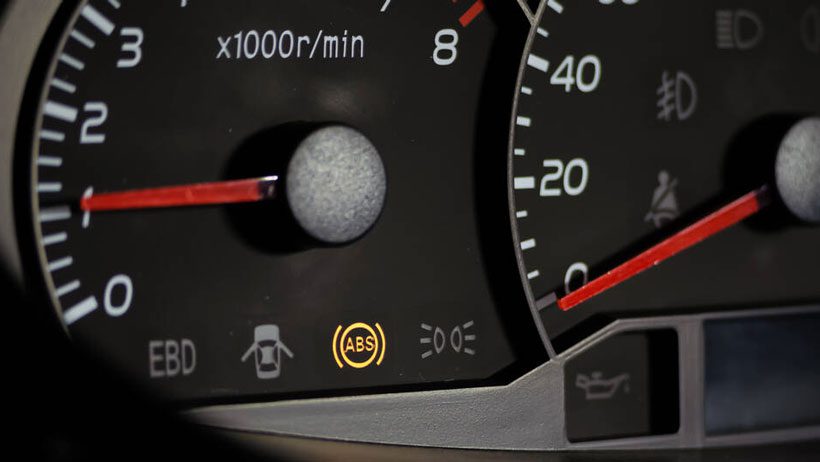
The full form of ABS is the Anti-lock Braking System. This system can be deactivated due to some issues with the car. Then the ABS light turns on to alert the driver about the deactivation of ABS.
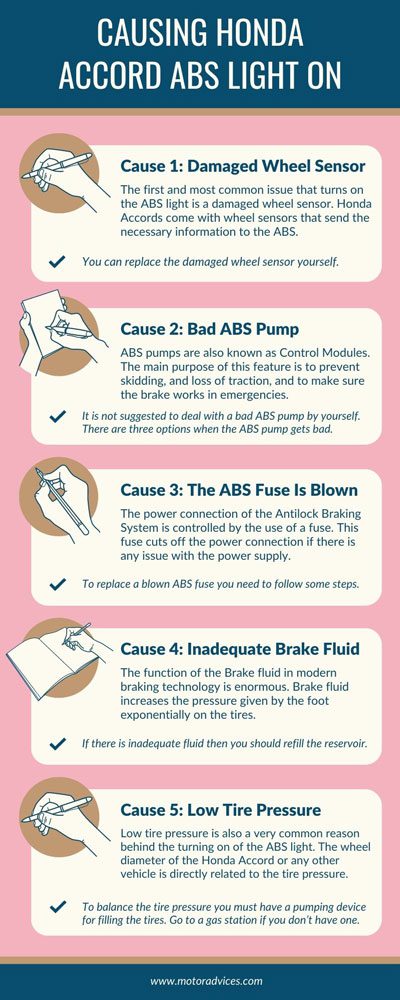
Cause 1: Damaged Wheel Sensor
The first and most common issue that turns on the ABS light is a damaged wheel sensor. Honda Accords come with wheel sensors that send the necessary information to the ABS.
The wheel sensors of the Honda Accord are often damaged because of exposure to rough environments. If any of these sensors are damaged, the ABS will not be activated. As a result, the ABS lights will be enlightened.
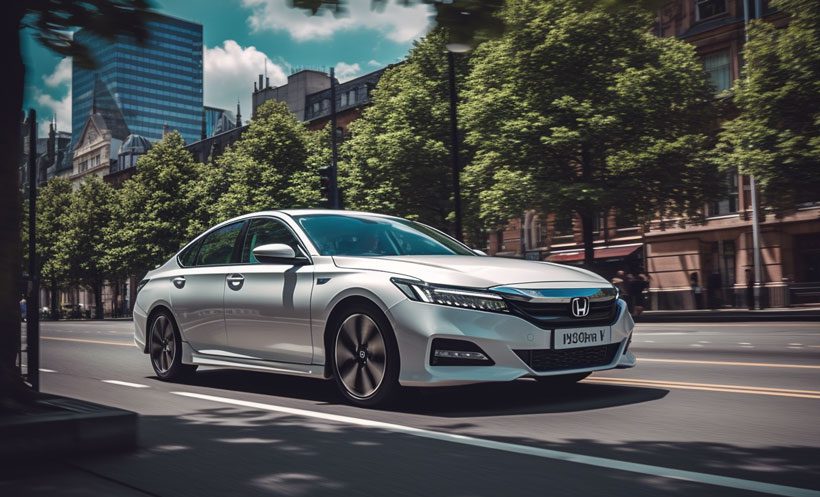
Solution:
You can replace the damaged wheel sensor yourself. To replace the wheel sensor, you can follow the steps given below.
- Keep the vehicle on a safe and plain surface.
- Lose all the lug nuts of the Honda Accord. Use a set of 0.5-inch drive breaker bars and lug nut sockets for this work.
- Now jack the Honda Accord up and put a jack stand under it.
- Remove the old wheel sensors. It is generally situated behind the wheel.
- Install the new wheel sensor. If you have disassembled the brake pads while installing the sensor, reinstall the brake pads.
- Reinstall the wheels and bring the vehicle back on the ground.
- The final task is to torque the wheel. Use a 0.5-inch torque wrench for this work.
Cause 2: Bad ABS Pump
ABS pumps are also known as Control Modules. The main purpose of this feature is to prevent skidding, and loss of traction, and to make sure the brake works in emergencies. And the ABS pump plays a significant role in ensuring the purpose of the ABS feature.
This pump restores the pressure lost in the hydraulic brakes of the system. A damaged pump will not be able to fix the pressure. And if this pressure is not restored, it will not rework at the time of need.
This will create a hindrance in the antilock braking system. Even the Honda Accord can fail to stop in time due to low pressure. So the ABS light turns on and warns the driver that something is wrong.
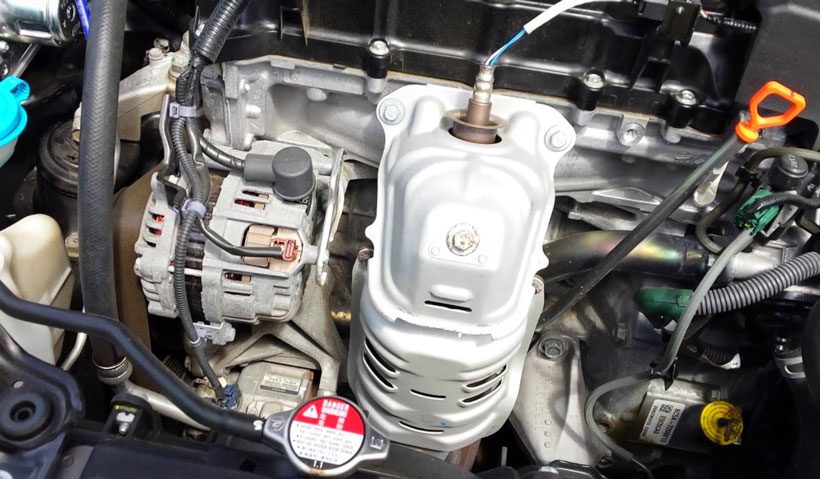
Solution:
It is not suggested to deal with a bad ABS pump by yourself. There are three options when the ABS pump gets bad. They are as follows.
- Repair the ABS pump.
- Rebuild the ABS pump.
- Install a new ABS pump.
All of these tasks require a set of skilled hands. So take your Honda Accord to a professional mechanic for fixing the bad ABS. But if you still want to replace it, you can follow this procedure.
- Disconnect the battery.
- Remove the brake lines from the ABS pump or module.
- Remove the screws which secured the pump.
- Now pull the ABS pump out without damaging other parts.
- Wipe out the leaked fluids before setting the new one in place.
- The new ABS pump should be the same as the old one or the same as mentioned in the car manual.
- Now put the screws back.
- Attach the brake hose.
- After replacement, start the car and assure that the light is gone.
Cause 3: The ABS Fuse Is Blown
The power connection of the Antilock Braking System is controlled by the use of a fuse. This fuse cuts off the power connection if there is any issue with the power supply.
However, sometimes this fuse might blow away due to several reasons. Then the ABS feature will not get enough power for working. And to warn the driver about this issue, the ABS light turns on.
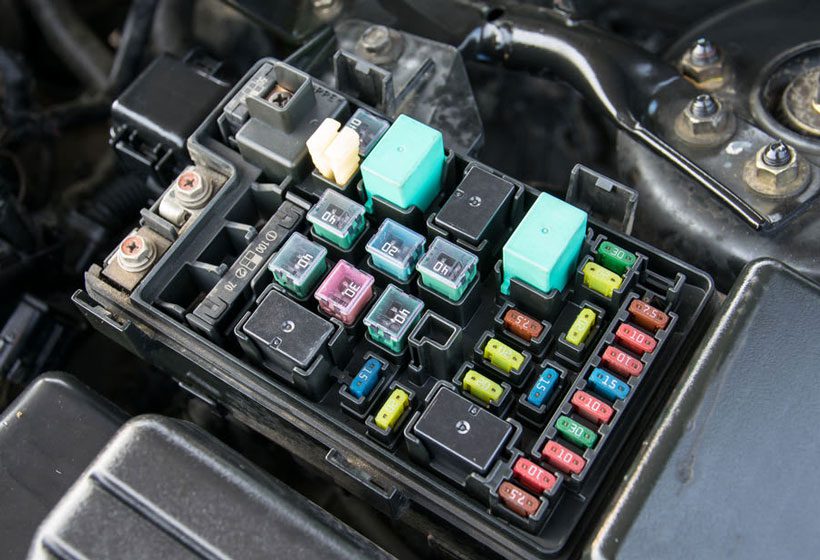
Solution:
To replace a blown ABS fuse you need to follow these steps.
- The first step is to locate the fuse of the Honda Accord. This location differs from the model and year of the Accord. So check your vehicle manual to find the fuse.
- Use a test light to make sure that the fuse is completely bad.
- Take the broken fuse out.
- Install the new fuse. Make sure to use a fuse of the same amperes for the replacement.
Cause 4: Inadequate Brake Fluid
The function of the Brake fluid in modern braking technology is enormous. Brake fluid increases the pressure given by the foot exponentially on the tires. As a result, the vehicle stops more quickly and smoothly. However, the brake fluid of the Honda Accord can decrease for various reasons.
The older your Honda Accord is, the lower will be the brake fluid level. Worn rotor, old brake pads, or any leakage in the system cause the loss of brake fluid. Also, the temperature rise of brake fluid affects its quality. And the low-level and low-quality brake fluid does not function perfectly. This affects the Antilock Braking system adversely. So the ABS light comes on and indicates the issue.
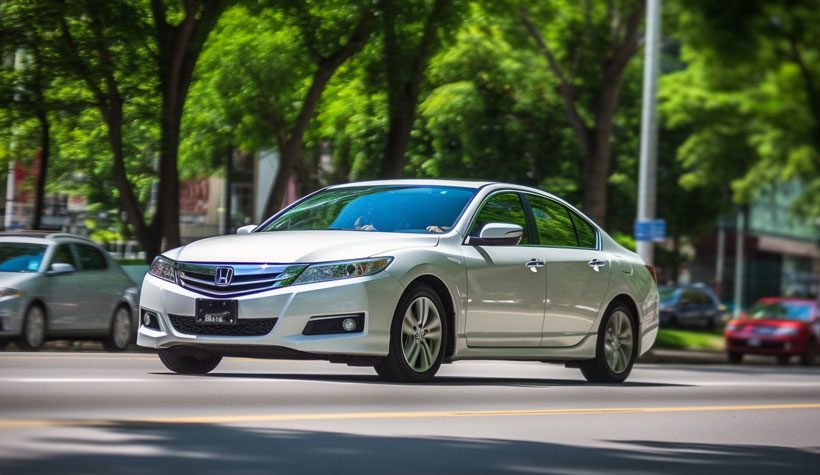
Solution:
If there is inadequate fluid then you should refill the reservoir.
- Lift the car on a jack stand and disassemble all the wheels.
- You have to get rid of the old fluid before refilling with the new one.
- Open the Honda Accord hood and find the fluid reservoir.
- Use a suction device to suck all the old fluid out.
- Now you have to bleed the brakes. Follow this order of actions to accomplish this task: right rear, left rear, right front, left front.
- Use a plastic bottle with a hole in the cap to take the rest of the old brake fluid.
- Once the reservoirs are empty, fill them with new brake fluid.
- Reassemble the wheels, and voilà, you are done!
Cause 5: Low Tire Pressure
Low tire pressure is also a very common reason behind the turning on of the ABS light. The wheel diameter of the Honda Accord or any other vehicle is directly related to the tire pressure. And the size of the wheel directly affects the braking system of the car. Let’s see how.
A wheel with a smaller diameter will rotate faster than a wheel with a bigger diameter. So if any one of the wheels of the Honda Accord suffers from low pressure, it will rotate with more speed. This will produce an imbalance with the rest of the wheels with accurate pressure. And the imbalance will negatively affect the ABS feature of the car.
Thus, the ABS light will turn on. If the Honda Accord model has a low tire pressure indicator, it will also turn on alongside the ABS light.

Solution:
To balance the tire pressure you must have a pumping device for filling the tires. Go to a gas station if you don’t have one.
- Find the air dispenser of the honda accord. Then pull up to it.
- The air hose must reach all four tires.
- Now remove the cap from the tire valve on the first tire.
- Use a gauge to check the air pressure in the tire. Follow the vehicle manual to ensure the correct pressure.
- Repeat the above process for the other three tires.
Is It Safe to Drive with The Honda Accord ABS Light On?
No, it is not safe to drive with the turned-on ABS light of the Honda Accord. As mentioned earlier, a turned-on ABS light indicates that the Antilock Braking System is not working. The ABS is a crucial feature of the Honda Accord.

The car can cause accidents if this system does not work. So it is important to fix any issue with the ABS as soon as the ABS light turns on. Then the lights will turn off automatically and the braking system will work again.
If you’re experiencing the ABS light on in your Honda Accord, it’s important to address the issue promptly for safe and reliable driving. However, there may be other critical issues that require immediate attention. Our articles on driving with a blown engine and driving with deployed airbags provide insights into these scenarios. You can learn more about the risks and considerations associated with driving with a blown engine in our article on driving with a blown engine. Additionally, our article on driving with deployed airbags explores the implications and safety concerns when the airbags have been activated. These resources offer valuable information to help you make informed decisions regarding your Honda Accord’s ABS light and related issues.FAQs
These are the commonly asked questions by people about Honda Accord ABS Light On.
A set of anti-lock fuses and relay controls the ABS light. These fuses control the supply of electricity to the light. The fuse used for the light is 10 amperes. Then there is a relay that connects the 10-ampere fuse with another fuse of 30 amperes.
Yes, a faulty ABS can be repaired. However, an experienced mechanic is a must for repairing the ABS. Only he can find out why the ABS is damaged. The cost of repairing the ABS depends on the severity of the damage. Anyway, the cost can be between $320 to $1000 according to the time and labor needed.
Yes, you can drive your Honda with the ABS light on. But the braking system will not be that smooth. To drive and brake safely, the ABS system must be working properly.
Conclusion
Several issues of the Honda Accord can illuminate the ABS light. So it is important to diagnose the issue causing the light to turn on at first. This work can be done by using the OBD2 scanner that comes with the Honda Accord. Then the diagnosed issue is to be fixed by taking appropriate measures.
The ABS light will turn off once the issue is fixed. If the light does not turn off despite fixing the issue, resetting the battery will solve the problem. However, correct steps must be followed for diagnosing the issue and resetting the battery. If everything fails, consult a professional auto mechanic.

